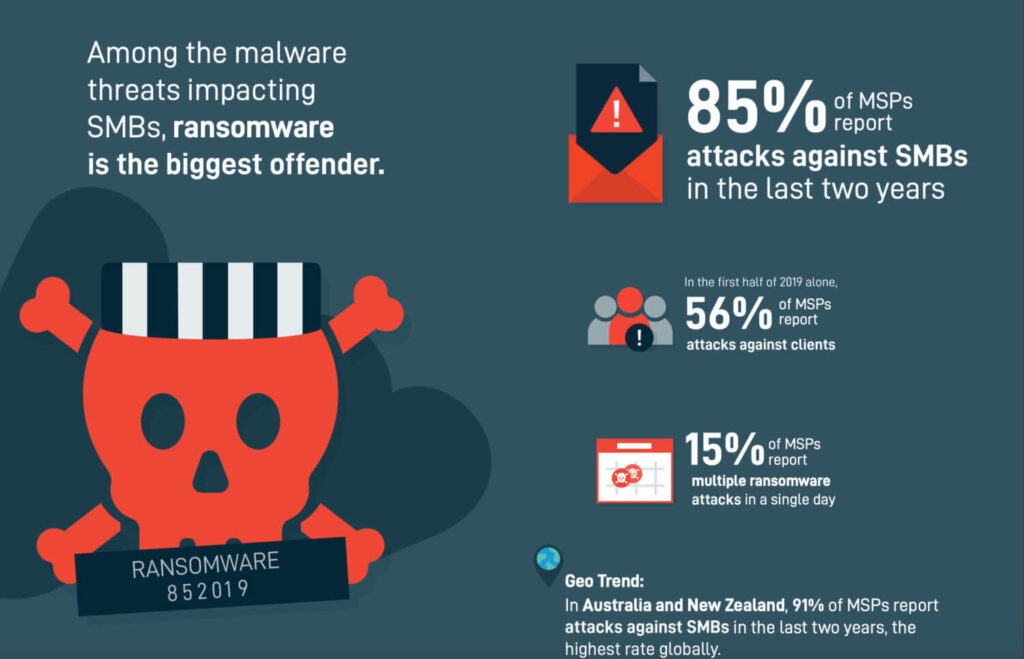
Ransomware attacks continue to rise globally, and small businesses have become primary targets. While large enterprises typically invest heavily in cybersecurity, many smaller organizations lack sufficient protection, making them easier entry points for cybercriminals. The increase in remote work, digital payment systems, and cloud adoption has further expanded attack surfaces for threat actors.
Why Small Businesses Are Targeted
Cybercriminals increasingly target small businesses for several reasons:
- Limited cybersecurity budgets and outdated systems
- Lower levels of employee security training
- Higher likelihood of paying ransom to avoid operational shutdown
- Third-party vulnerabilities that provide access to larger supply-chain partners
These factors make small enterprises more vulnerable compared to corporations with established security frameworks.
Methods Used in Recent Attacks
Attackers use multiple techniques to deploy ransomware, often combining social engineering with software exploits. Common methods include:
- Phishing emails disguised as invoices or business communications
- Compromised remote desktop protocol (RDP) sessions
- Exploiting unpatched software vulnerabilities
- Malware distributed through unsecured websites or pirated software
In many cases, attackers also steal data before encrypting systems, increasing pressure by threatening public leaks.
Business Impact and Financial Loss
The consequences of ransomware can be severe for small companies:
- Operational downtime that halts sales and services
- Permanent loss of customer or financial data
- Legal penalties for mishandled user information
- Costly recovery processes including system rebuilds and audits
For some businesses, recovery expenses exceed revenue capacity, resulting in permanent shutdown.
Prevention and Protection Strategies
Small businesses can strengthen their defenses with practical measures:
- Implement automated, off-site encrypted backups
- Enforce multi-factor authentication on critical accounts
- Patch operating systems and software regularly
- Use endpoint protection with real-time threat detection
- Train employees to identify phishing attempts
- Restrict admin privileges and secure RDP access
A documented incident response plan can reduce damage if an attack occurs.
The Role of Cybersecurity Vendors
Security companies are rolling out affordable solutions tailored for smaller organizations. These include managed detection services, ransomware-resistant backup platforms, and AI-based threat monitoring. Adoption rates are rising as companies recognize cybersecurity as part of core business operations rather than optional added cost.
Conclusion
The global rise in ransomware attacks is reshaping cybersecurity priorities for small businesses. With attackers increasingly targeting weaker defenses, organizations must adopt proactive security practices to protect data, maintain continuity, and avoid financial loss. Investing in modern security tools and employee awareness is now essential for long-term resilience.





